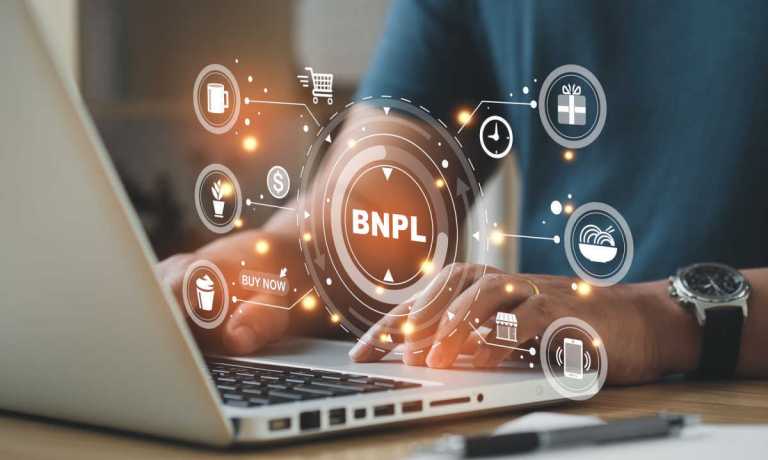
Galileo Financial Technologies has unveiled a buy now, pay later solution for banks and FinTechs.
The new tool lets financial institution enter the buy now, pay later (BNPL) market and provide more spending power to customers at a time when the industry is posed to skyrocket, Galileo said in a news release Tuesday (Dec. 6).
“However, non-bank BNPL providers offer the service based on very limited customer data, putting both the provider and the consumer at higher risk,” the company said.
“With Galileo, clients, and banks that provide Buy Now, Pay Later to their consumers will be offered financing through their bank or a sponsoring bank partner that considers the consumers’ financial health and ability for repayment.”
The company says a bank-issued BNPL tool offers repayment flexibility to more consumers and in more places, as underwriting decisions are made by someone with greater insight into the customer’s financial history.
“As more Americans are looking for flexible financing solutions, Galileo created a better BNPL experience that allows banks and fintechs to make more valuable loan offers to their customers directly from their existing bank systems,” David Feuer, the company’s chief product officer, said in the release.
Galileo’s new tool is being launched as consumers are embracing new payment options, including BNPL, as detailed in our collaboration with Nuvei, “New Payment Options: Why Consumers Are Trying Digital Wallets.”
That study found that 52% of consumers tried a new payment option last year, with digital wallets as the key beneficiaries here, as 59% of consumers adopting new payment methods pivoted to this option.
A closer glance at that data shows that nearly 53% have embraced credit, debit or store cards and another 11% of respondents have tried BNPL.
Drill down a bit more and it becomes obvious that the consumers most firmly tied to the paycheck-to-paycheck economy — which accounts for more than 60% of people in the U.S. — are the ones using BNPL and cards. Our surveys found that more than half of respondents making less than $100,000 use those payment conduits, and 11% use BNPL.